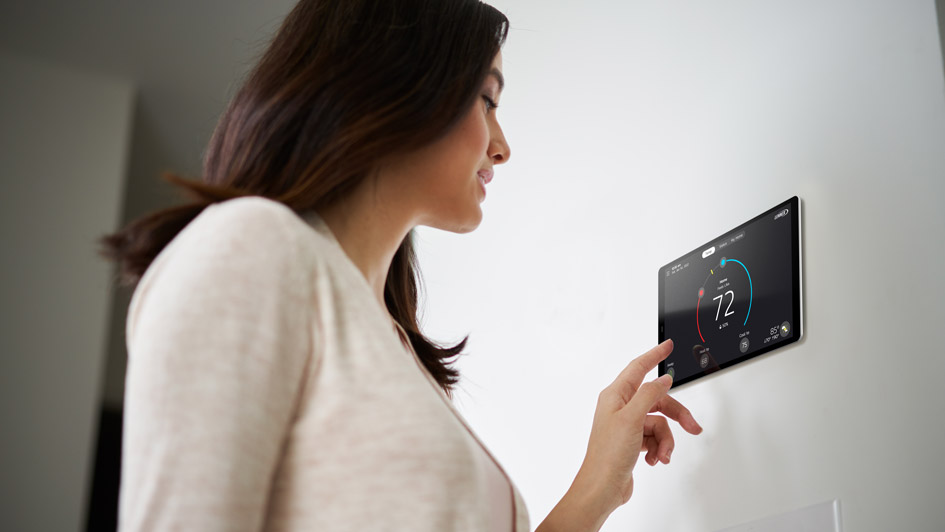
Once the weather starts to cool off, you might be wondering about how you’ll prepare your heating and cooling. After all, HVAC bills routinely make up a significant piece of your monthly electric bill. To try and find ways to save, some people look closely at their thermostat. Could there be a setting they should use to boost efficiency?
The majority of thermostats come with a ‘Fan’ or ‘Fan On’ setting. But if the fan is running during a typical cycle, what does the fan setting provide for the HVAC system? This guide should help. We’ll share what exactly the fan setting is and whether you can use it to save money in the summer or winter.
How Do I Access the Fan Setting on My Thermostat?
For most thermostats, the fan setting indicates that the system's blower fan stays on. Some furnaces can run at a low level in this setting, but in most cases heating or cooling isn’t being generated. The ‘Auto’ setting, on the other hand, will turn on the fan over a heating or cooling cycle and switch it off once the cycle is over.
There are pros and cons to trying the fan setting on your thermostat, and whether you do or don’t {will|can|should]] depend on your personal comfort requirements.
Advantages to switching to the Fan/On setting:
- You can keep the temperature throughout your home more consistent by permitting the fan to keep running.
- Indoor air quality should improve as continuous airflow will keep moving airborne pollutants into the air filter.
- Fewer start-stop cycles for the HVAC fan helps extend its life span. As the air handler is usually connected to the furnace, this means you might minimize the risk of needing furnace repair.
Disadvantages to switching to the Fan/On setting:
- A nonstop fan could increase your energy expenses by a small margin.
- Constant airflow could clog your air filter up more quickly, increasing the frequency you’ll need to replace it.
{Choosing Between|Should My Thermostat Be on|Which Setting for My Thermostat? Fan or Auto in Summer/Winter
During the summer, warm air may linger in unfinished spaces including the attic or an attached garage. If you leave the fan on, your HVAC system can pull this warm air into the rest of your home, pushing the HVAC system to run longer to maintain the set temperature. In extreme heat, this may lead to needing AC repair more quickly as wear and tear grows.
The opposite can happen in the winter. Cooler spaces such as a basement will hold onto cooler air, which may eventually flow into the rest of your home. Leaving the fan setting on may pump more cold air upward, increasing the amount of heating you need to stay warm.
If you’re still trying to determine if you should switch to the fan/on setting, keep in mind that every home and family’s comfort needs will vary. Leaving the HVAC system’s fan on might be ideal for you if:
Someone in your household suffers from allergies. Allergies and other respiratory conditions can be hard on the family. Leaving the fan on can help to improve indoor air quality, helping your family breathe easier.
Your home experiences hot and cold spots. All kinds of homes wrestle with stubborn hot and cold spots that quickly shift to a temperature different from the rest of the house. The fan setting should help limit these changes by consistently refreshing each room’s airflow.
